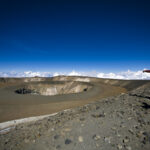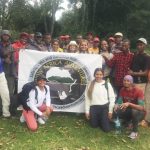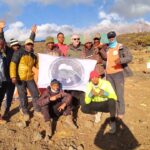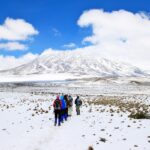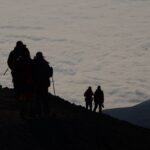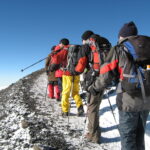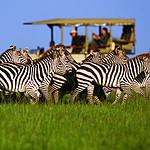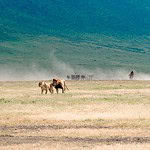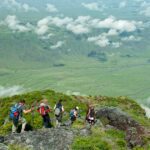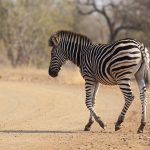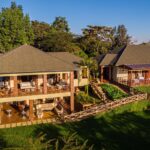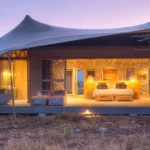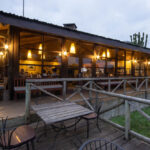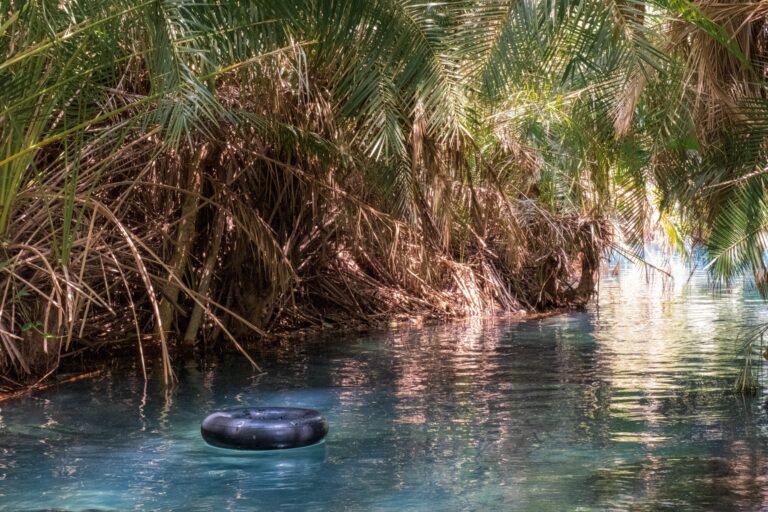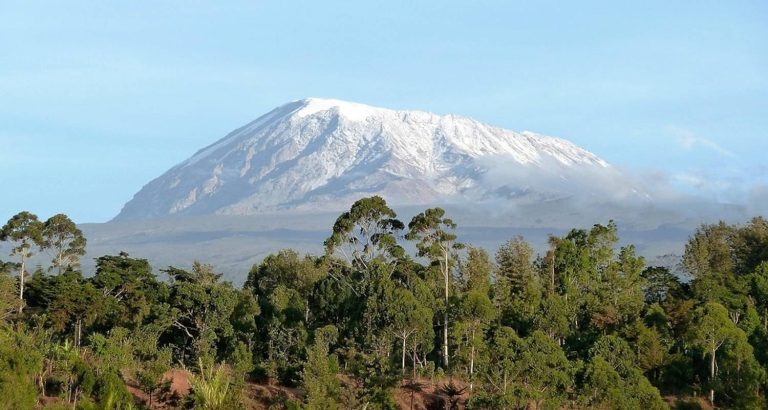Table of Contents
Kilimanjaro Lemosho Route 8 Days: The Ultimate Guide to a Scenic and Successful Summit
Kilimanjaro Lemosho Route 8 Days is one of the most scenic and highly recommended routes to the top of Mount Kilimanjaro. This route is known for its breathtaking landscapes, rich biodiversity, and excellent acclimatization profile. The gradual ascent makes it safer and more comfortable for trekkers, increasing the chances of reaching the summit. For those seeking both beauty and challenge, the Kilimanjaro Lemosho Route 8 Days promises an unforgettable adventure.
What makes the Kilimanjaro Lemosho Route 8 Days unique is its diversity of landscapes. The journey begins on the remote western side of the mountain, passing through lush rainforests, vast moorlands, and alpine deserts. As the trek progresses, climbers are treated to stunning views, unique ecosystems, and a variety of terrains, making each day a new experience.
The Kilimanjaro Lemosho Route 8 Days itinerary is thoughtfully designed to ensure acclimatization and enjoyment. The gradual elevation gain and the inclusion of practices like “climb high, sleep low” help trekkers adapt to the altitude. This itinerary not only enhances safety but also maximizes the chances of a successful summit at Uhuru Peak, the highest point in Africa.
Choosing the Kilimanjaro Lemosho Route 8 Days also offers a quieter and less crowded experience, especially in the early stages of the trek. With fewer trekkers on this route compared to others, climbers can enjoy a more serene and personal connection with nature.
Why Choose the Kilimanjaro Lemosho Route?
The Kilimanjaro Lemosho Route is a favorite among trekkers for its panoramic views, rich biodiversity, and excellent acclimatization profile. Unlike some routes that quickly gain altitude, the Kilimanjaro Lemosho Route gradually ascends, giving climbers ample time to adjust to the thinner air. This eight-day trek is not only safer but also maximizes the chances of reaching Kilimanjaro’s summit at Uhuru Peak.
The Lemosho Route begins on the western side of the mountain, offering trekkers a quieter, more remote start compared to the busier eastern trails. Over the course of the eight days, trekkers pass through lush rainforests, moorlands, and alpine deserts before reaching the snow-capped summit. Each day reveals new landscapes and stunning views, making the Kilimanjaro Lemosho Route an unforgettable experience.
Kilimanjaro Lemosho Route 8-Day Itinerary
Below is a detailed day-by-day itinerary for the Kilimanjaro Lemosho Route. This 8-day trek allows for gradual acclimatization, helping ensure a successful and enjoyable journey to the summit.
Day 1: Londorossi Gate to Mti Mkubwa Camp
The adventure begins at Londorossi Gate, where trekkers check in and begin the hike through the lush rainforests of Kilimanjaro. After a few hours of trekking, you’ll reach Mti Mkubwa Camp, the first overnight stop on the Kilimanjaro Lemosho Route.
Day 2: Mti Mkubwa Camp to Shira 1 Camp
On the second day, the trail gradually ascends out of the rainforest and into the moorlands, offering spectacular views of the surrounding landscapes. The day ends at Shira 1 Camp, where trekkers rest and enjoy the clear, star-filled skies.
Day 3: Shira 1 Camp to Shira 2 Camp
Day three involves a short yet scenic trek across the Shira Plateau. Trekkers on the Kilimanjaro Lemosho Route will have the chance to fully acclimate and enjoy panoramic views of the mountain as they reach Shira 2 Camp.
Day 4: Shira 2 Camp to Barranco Camp via Lava Tower
The fourth day is crucial for acclimatization, as trekkers ascend to Lava Tower before descending to Barranco Camp. This part of the Kilimanjaro Lemosho Route offers the unique experience of “climb high, sleep low,” which aids in altitude adjustment.
Day 5: Barranco Camp to Karanga Camp
The trek from Barranco to Karanga involves the famous Barranco Wall, a moderately challenging rock scramble that rewards climbers with breathtaking views. The Kilimanjaro Lemosho Route’s diversity shines on this day, as trekkers encounter various terrains and scenic overlooks.
Day 6: Karanga Camp to Barafu Camp
On this day, the trail gradually ascends to Barafu Camp, the base camp for the final summit push. Trekkers on the Kilimanjaro Lemosho Route prepare for an early start to reach the summit on the following day.
Day 7: Barafu Camp to Uhuru Peak, then Descend to Mweka Camp
The most challenging and rewarding day, the summit day begins around midnight. Trekkers on the Kilimanjaro Lemosho Route make their way to Stella Point, then continue to Uhuru Peak, the highest point in Africa. After taking in the spectacular sunrise and summit views, climbers descend to Mweka Camp.
Day 8: Mweka Camp to Mweka Gate
The final day on the Kilimanjaro Lemosho Route is a descent through lush rainforests to Mweka Gate, where trekkers receive their summit certificates. This day marks the end of an unforgettable 8-day journey.
Benefits of the Kilimanjaro Lemosho Route 8-Day Trek
- High Success Rate: The Kilimanjaro Lemosho Route’s gradual ascent and extra days for acclimatization contribute to a high summit success rate.
- Scenic Diversity: Trekkers experience a range of landscapes, from rainforests to alpine deserts, offering beautiful views and unique ecosystems.
- Fewer Crowds: The Kilimanjaro Lemosho Route is less crowded, especially at the start, allowing for a more tranquil and private trek.
Preparing for the Kilimanjaro Lemosho Route
To prepare for the Kilimanjaro Lemosho Route , fitness training, mental resilience, and proper gear are essential. The Kilimanjaro Lemosho Routeis demanding but achievable with the right preparation. Ensuring you have high-quality gear, such as reliable hiking boots, warm clothing layers, and essential items for altitude trekking, is crucial for a successful climb.
The Kilimanjaro Lemosho Route offers trekkers an 8-day experience that combines natural beauty, thrilling challenges, and a gradual acclimatization process. Known for its stunning landscapes and excellent success rates, the Kilimanjaro Lemosho Route provides a well-paced itinerary that ensures climbers reach the summit safely and comfortably.
By choosing the Kilimanjaro Lemosho Route , trekkers can experience a variety of ecosystems, from lush rainforests to alpine deserts, while enjoying the quieter and less crowded trails. The Kilimanjaro Lemosho Route also includes strategic acclimatization practices such as “climb high, sleep low,” further enhancing the chances of reaching Uhuru Peak.
In summary,offers a memorable adventure filled with breathtaking views and a rewarding journey to the summit. Whether you are an experienced mountaineer or a first-time trekker, the promises an unforgettable experience at the top of Africa. Proper preparation including training and essential gear, ensures trekkers are ready to embrace the challenges and beauty of this iconic climb.

